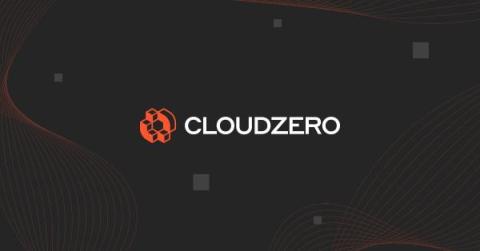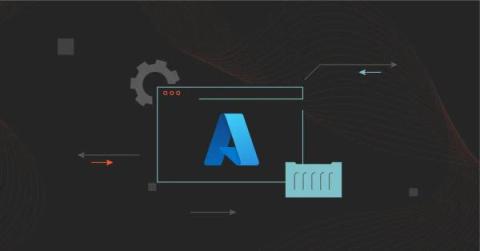What Is A Cloud Engineer? Here's a Quick Breakdown
As you’ve probably realized by now, cloud computing isn’t the future. It is here and now. According to Gartner, global spending on public cloud services alone will surpass $725 billion by 2024. This rise in cloud computing is a great career opportunity for you. And what better way to immensely benefit from this shift than becoming a cloud engineer?



